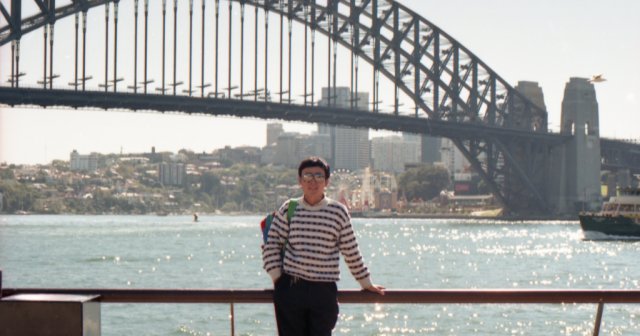In 1768, the English Captain James Cook (1728-79), hired by the Royal Society, set out on a three-year voyage to the southern hemisphere aboard a ship called Endeavor (the ship would lend its name to the American Space Shuttle Endeavor in 1991 ). Ostensibly, his task was to observe the movement of the Venus. But inside the sealed envelope was the secret mission—to find the mysterious continent. He reached Tahiti in 1769. Once the observation was completed, Cook began to search for the continent, which was known to Europeans as “Terra Australis”. He first came across New Zealand, an island southeast of Australia, and mapped its complete coastline with amazing accuracy. Then he sailed west, and on April 19, 1770, he saw the Australian continent. Thus, Cook’s expedition became the first recorded Europeans to have encountered its eastern coastline, though the continent had been discovered by the Dutch over a hundred years earlier.
However, before the arrival of the Europeans, the biggest island in the world had already been inhabited by the Aboriginals. It is believed that these people had migrated from somewhere in Asia to Australia about 50,000 to 60,000 years ago. They walked to Australia across land bridges, which appeared during the last Ice Age, and sailed between the islands of Southeast Asia. As hunters and gatherers, these people quickly covered the whole continent.
The European settlement in Australia began in 1788 when the British king came up with the idea that Australia, which was isolated and remote, could serve as a huge prison for the large number of criminals in Britain. By that time, any person who was caught committing a crime, no matter how petit it was, would be sent to prison. There had been so many criminals that there were not enough prisons in Britain. Australia became a dumping ground for those people. Transportation of convicts did not end until 1850. However, by the 1830s, the convicts had already been outnumbered by free immigrants, who were mostly English.
Australia became independent in 1901. But it remains a member of the Commonwealth of Nations. Made up of six states, it is the largest island country in the world, though its population (about 20 million) is very small.

